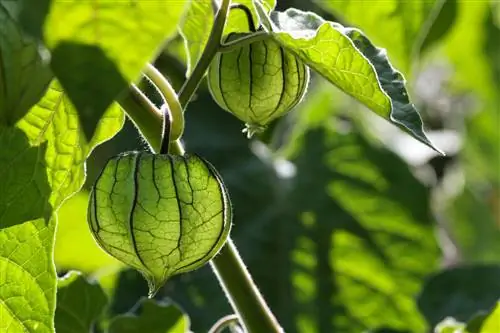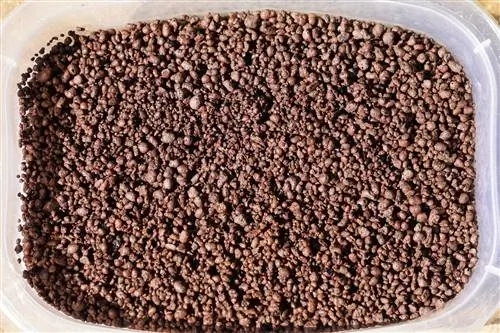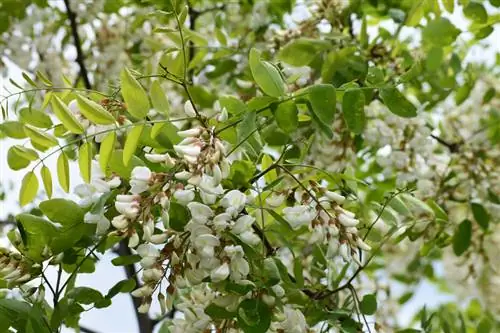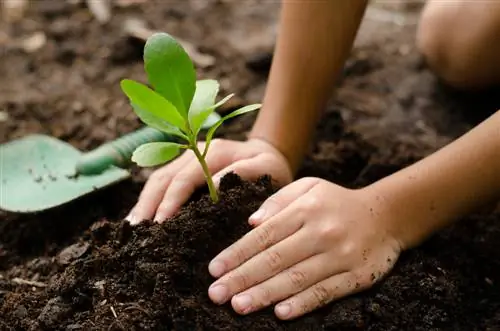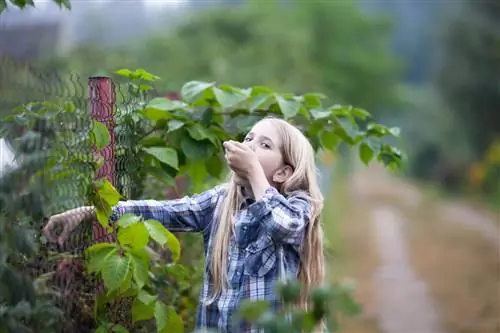- Author admin [email protected].
- Public 2023-12-16 16:46.
- Last modified 2025-01-23 11:21.
Alocasia or arrowhead belongs to the arum family. Like all representatives of this plant family, the houseplant is a poisonous plant. It is certainly not highly poisonous, but care should be taken when caring for it, especially if children and pets are part of the family.

Is Alocasia poisonous to humans and animals?
Alocasia, also called arrow leaf, is poisonous to humans and animals because it contains toxic milky juices in all parts of the plant. Skin contact can cause irritation, and consumption can cause gastrointestinal problems and circulatory failure. As a precautionary measure, wear gloves when grooming.
That's why arrow leaf is poisonous
All parts of the plant contain the so-called milky sap. This contains toxins that can cause inflammatory reactions on bare skin. The milky juice should also not be consumed under any circumstances, as stomach and intestinal problems and, in severe cases, even cramps and circulatory failure can occur.
If the flowers are fertilized, berries are produced. These are considered highly poisonous. That's why you should always remove the inflorescences straight away.
Alocasia is poisonous not only to humans but also to animals. If children and pets are part of the family, it is better not to care for this plant in the apartment. At the very least, you should make sure that the Alocasia is placed in an inaccessible place.
Care for Alocasia only with gloves
The milky juice is particularly poisonous. If it comes into contact with bare skin, skin irritation or even blistering can occur.
When cutting back the Alocasia or removing the flowers, always wear gloves to avoid skin contact.
Do not leave the plant remains lying around, but dispose of them immediately so that they do not fall into the reach of children or animals.
Tip
You should always pour off excess water from Alocasia immediately to prevent waterlogging. Cat owners need to be particularly careful that the animals do not drink the water. There may be residues of toxic substances in this irrigation water, so poisoning cannot be completely ruled out.


